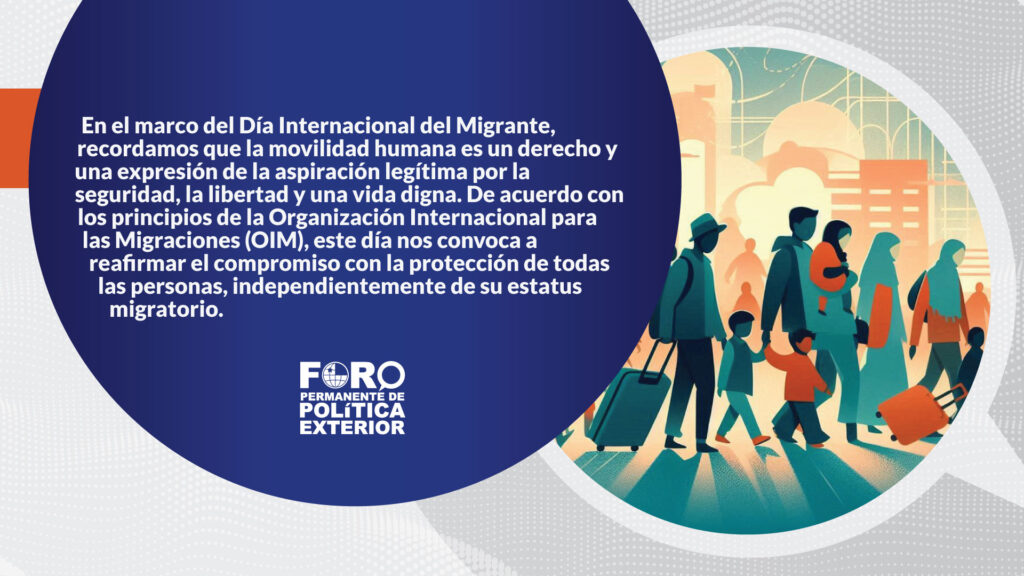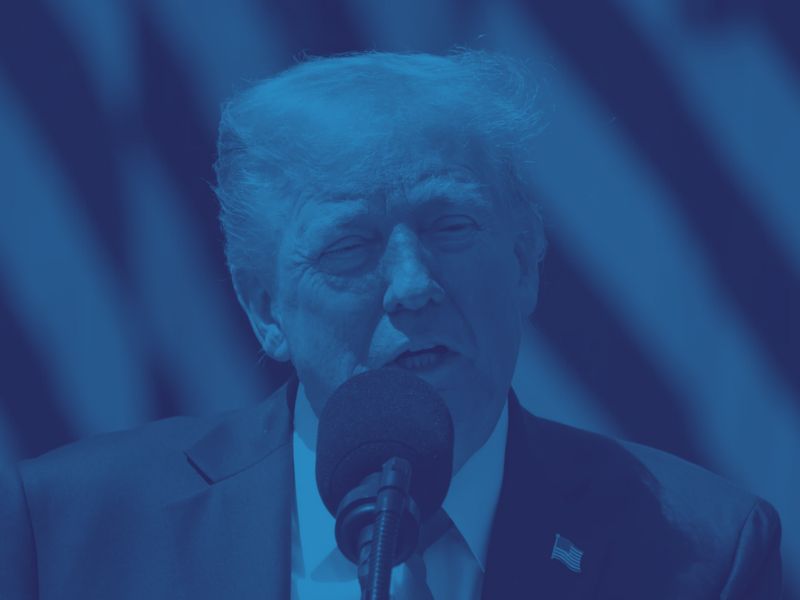
From the right to vote, to owning property and assets, women’s legal and economic rights have come a long way.
International Women’s Day, held annually on March 8th is an opportunity to commemorate global improvements around gender equality. One big driver for this is women’s political participation—however, progress in this area has not been distributed evenly worldwide.
Women’s Political Power: Share of Ministers in Cabinets
In this map, we dig into how much political power women hold around the world. The Council on Foreign Relations pulls the latest data from UN Women and the Inter-Parliamentary Union (IPU) to examine the shares of women holding ministerial positions in 195 national cabinets.
Here are the top five countries with the highest percentages of women’s political power:
- Spain: 66.7%
- Finland: 61.1%
- Nicaragua: 58.8%
- Colombia: 57.9%
- Austria: 57.1%
Even though women make up half the global population, they’re not always represented at higher levels of government. Only 14 countries have at least 50% women holding ministerial positions in the national cabinet.
On the flip side, nine countries have 0% women in their national cabinet, such as Saudi Arabia and Thailand.
The silver lining to this is that Saudi Arabia is actually improving in some areas of women’s economic rights in recent years, such as granting more freedom of movement to travel and prohibiting employment discrimination on the basis on gender.
The Most Powerful Women: Female Heads of State/Government
From Indira Gandhi to Margaret Thatcher, many women have held notable and influential leadership positions in the past, serving as tours de force for the global economy.
Presently, there are only 24 countries with a female head of state or government. Moldova’s Maia Sandu is the latest to rise into a Presidential role as of December 2020. Here’s who the rest are, and their titles.
As the chancellor of Germany, Angela Merkel holds the longest consecutive term of all female heads of state/government. With 15 years under her belt, Merkel is largely seen as a de facto leader of Europe. However, she intends to step down as chancellor after her term ends in September 2021.
Since 1946, Switzerland has had five total elected or appointed female heads of state or governments—the highest of any country. Simonette Sommaruga, the most recent female president of the nation, was only succeeded in the new year and dropped off this list.
Glass Ceiling in Politics?
While women have made strides in reaching their political potential worldwide, it’s interesting to note that they generally have a harder time ascending to office in larger countries compared to smaller economies.
For example, Estonia is the first country to have two female heads of state/government with both the president and prime minister positions being filled by women. On the flipside, many other countries have never had even one female head of state.
That said, shares of women holding seats in national legislatures are growing worldwide, which means that progress in these upper levels may be just around the corner.
“No country can ever truly flourish if it stifles the potential of its women and deprives itself of the contributions of half its citizens.”
—Michelle Obama
Contenido publicado en Visual Capitalist





